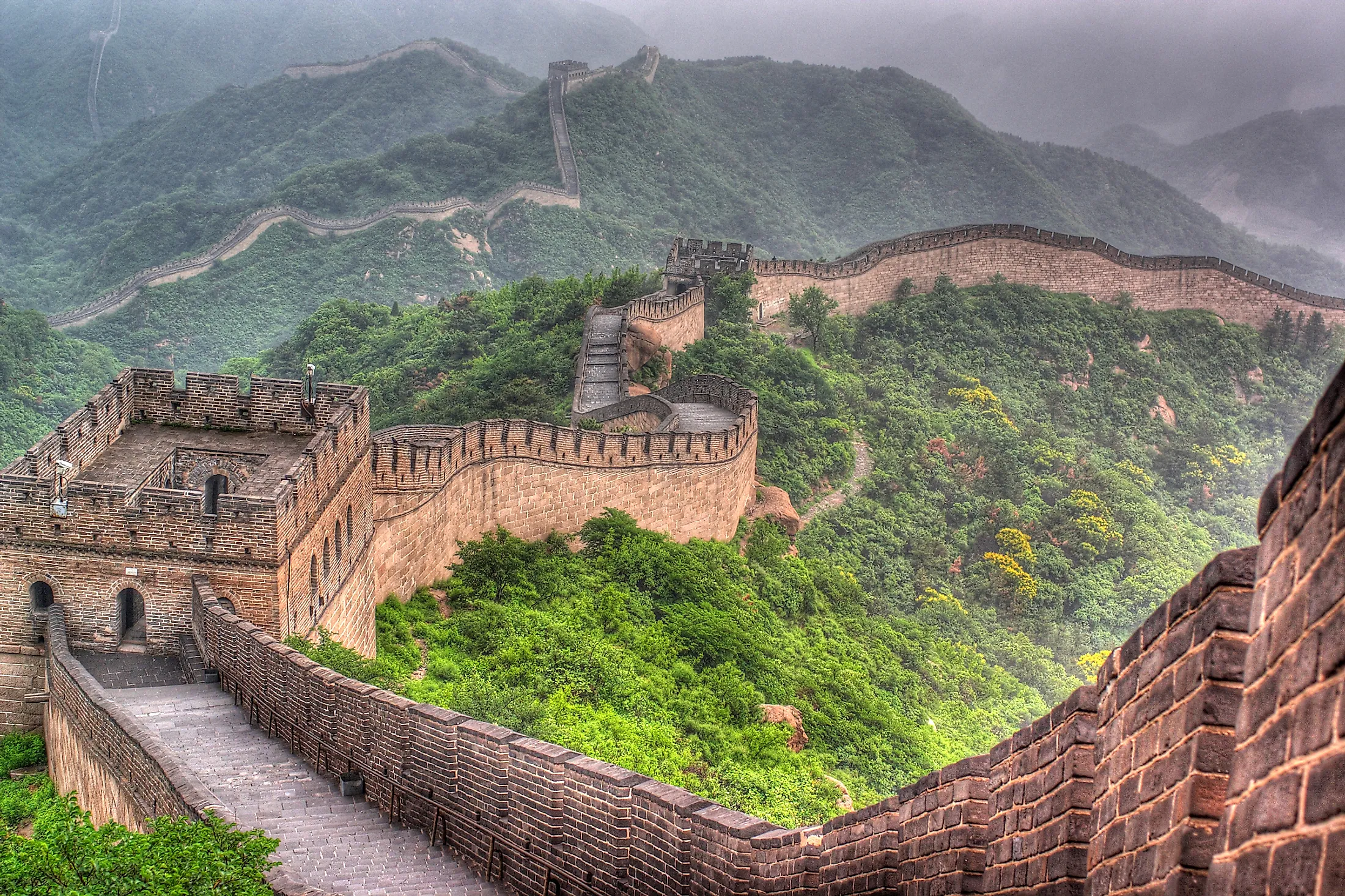The Great Wall of China is not just an architectural marvel; it is a monumental symbol of the country’s rich history, resilience, and cultural heritage.
Stretching over 13,000 miles, this ancient structure has stood the test of time, witnessing the rise and fall of dynasties, battles fought, and the unyielding spirit of a civilization that has thrived for thousands of years.
In this blog, we will delve into the history, significance, architectural features, and cultural impact of the Great Wall of China of China, exploring why it remains one of the most visited and revered monuments in the world.
A Brief History of the Great Wall
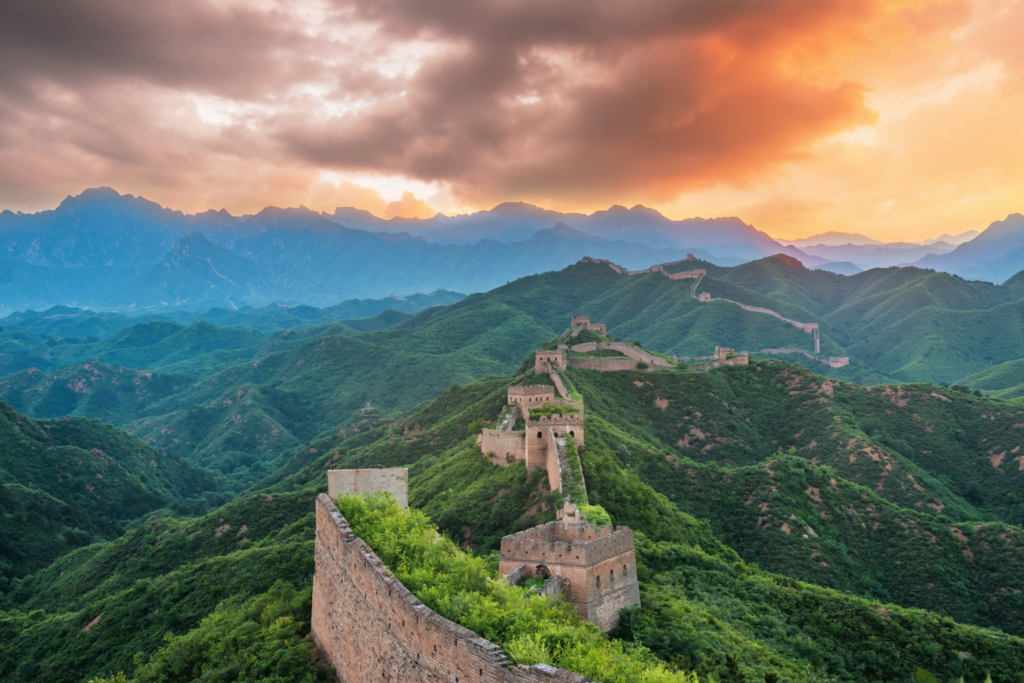
The construction of the Great Wall of China began as early as the 7th century BC during the Warring States period. Various states built walls to defend against invasions from northern tribes.
Read : Top Ten Picturesque Villages of China You Must Explore
However, it was during the Qin Dynasty (221-206 BC) under Emperor Qin Shi Huang that these disparate walls were connected and expanded into a unified defense system. The primary purpose of the wall was to protect the Chinese states from invasions by nomadic tribes, particularly the Xiongnu, who threatened the stability of the newly unified empire.
Read : Engineering Marvel: Discovering the Great Wall of China’s Grandeur
The construction continued through various dynasties, with notable expansions during the Han (206 BC-220 AD), Sui (581-618), and Ming (1368-1644) dynasties. The Ming Dynasty, in particular, is responsible for much of the wall that exists today, as they fortified and extended the wall significantly in response to increasing threats from the Mongols.
Architectural Features
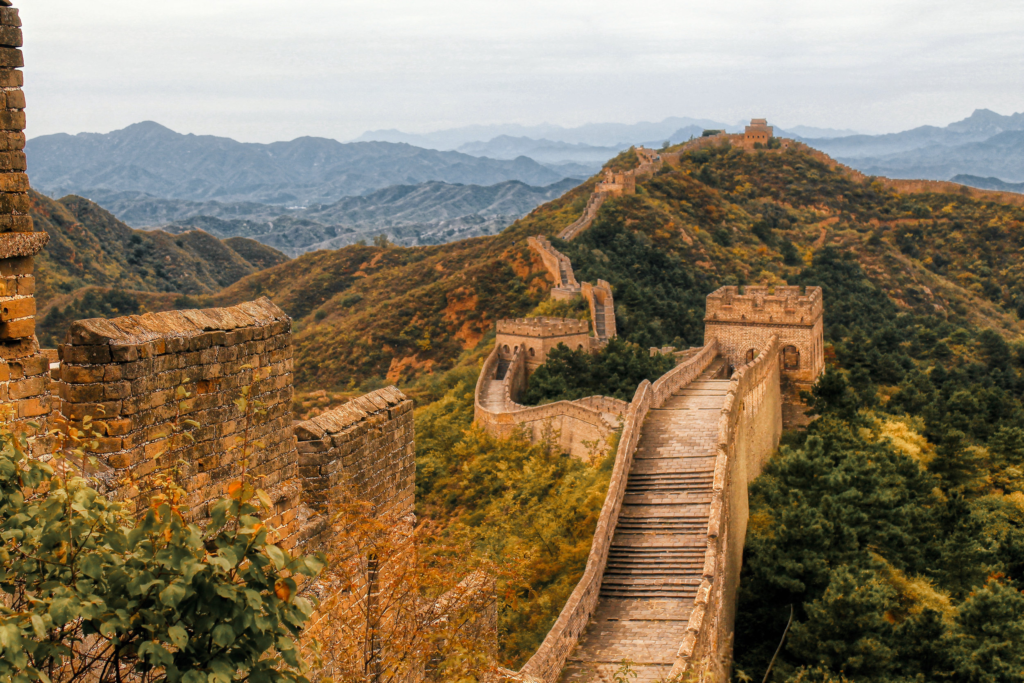
The Great Wall of China is not a single continuous structure; rather, it comprises a series of walls, trenches, and natural barriers that vary in style and materials depending on the geographical region and the time period of construction.
The wall is primarily made of earth, wood, bricks, and stones, with different sections reflecting the resources available in the local area.
One of the most impressive architectural features of the Great Wall of China is its watchtowers. These towers, often spaced several hundred meters apart, served as lookout points for soldiers to monitor approaching enemies.
They also housed supplies, provided shelter for soldiers, and acted as signal stations using smoke signals or lanterns to communicate across long distances.
The wall’s height and width vary across different sections, but it generally stands between 15 and 30 feet high and can be as wide as 25 feet at the base. The wall’s construction techniques and materials utilized over centuries demonstrate the ingenuity and resourcefulness of ancient Chinese builders.
Cultural Significance
The Great Wall of China is steeped in cultural symbolism and significance. It represents not only the strength and resilience of the Chinese people but also their ability to overcome adversity. The wall embodies the collective effort of millions who contributed to its construction, reflecting a sense of unity and determination.
The Great Wall has also played a significant role in Chinese folklore and literature. It has inspired countless poems, songs, and stories, becoming a symbol of perseverance and national pride.
The phrase “Great Wall” is often used in Chinese idioms and expressions, illustrating its deep-rooted presence in the cultural consciousness of the nation.
Moreover, the Great Wall of China serves as a reminder of the historical conflicts and tensions between the Chinese civilization and its northern neighbors. It stands as a testament to the efforts made by the Chinese people to safeguard their land and culture against external threats.
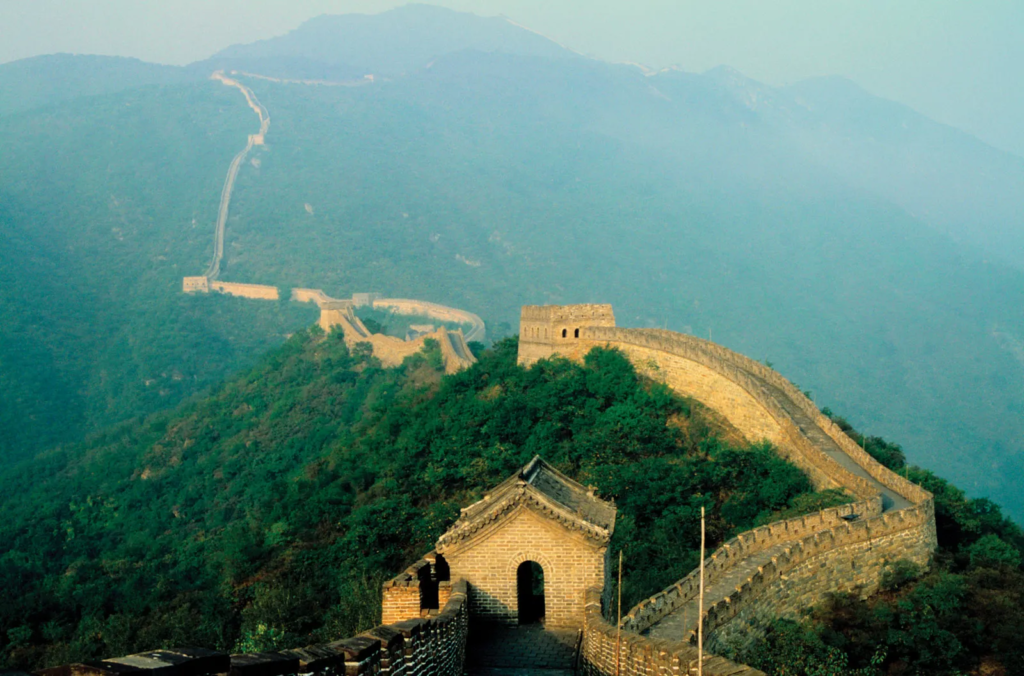
The Great Wall Today
Today, the Great Wall of China is a UNESCO World Heritage site and one of the most popular tourist attractions in the world. Millions of visitors flock to its various sections each year, drawn by its historical significance, breathtaking views, and the opportunity to walk along this ancient marvel.
Several well-preserved sections of the wall are particularly famous among tourists, including:
- Badaling: This is the most visited section of the Great Wall, known for its stunning scenery and easy accessibility from Beijing. It has been restored and equipped with amenities for visitors, making it an ideal starting point for first-time visitors.
- Mutianyu: Slightly less crowded than Badaling, this section features beautiful scenery and has also been well-preserved. The cable car ride to the wall provides an exhilarating view of the surrounding mountains.
- Juyongguan: Located near Beijing, this section is notable for its impressive watchtowers and fortifications. It was an important military pass during the Ming Dynasty.
- Simatai: This section is famous for its rugged terrain and breathtaking views. It offers a more authentic experience, with some parts left unrestored, allowing visitors to witness the wall’s original state.
- Gubeikou: Less frequented by tourists, Gubeikou is known for its historical significance and natural beauty. It features ancient watchtowers and offers a more off-the-beaten-path experience.
Preservation Efforts
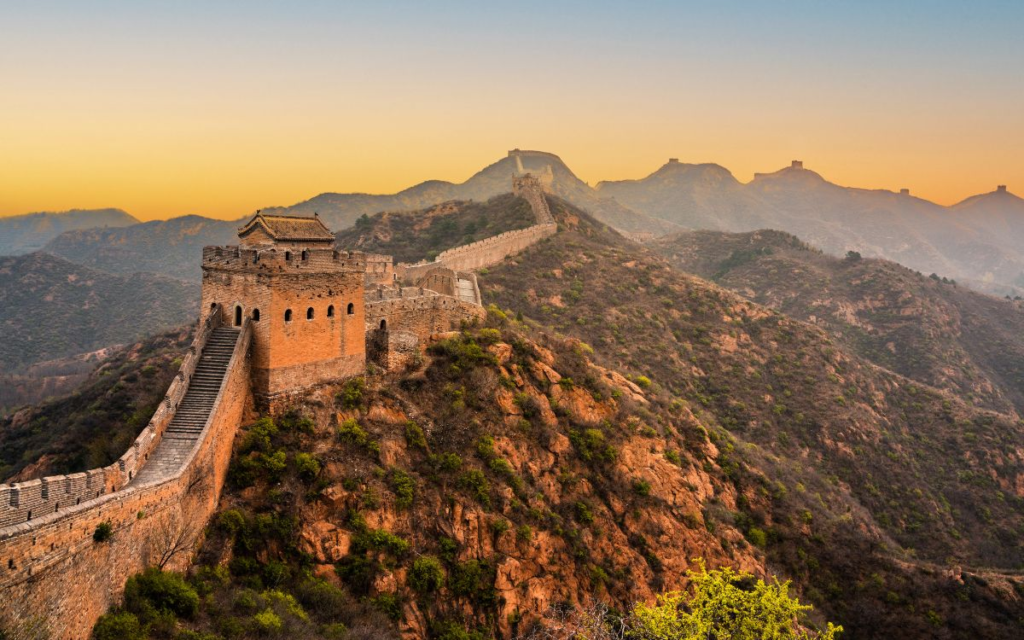
Despite its historical and cultural significance, parts of the Great Wall of China have suffered from neglect and erosion over the years. The Chinese government, along with various organizations and local communities, has initiated preservation efforts to protect this iconic monument.
Restoration projects aim to repair damaged sections, prevent further erosion, and educate visitors about the wall’s historical importance. However, these efforts are not without controversy, as some argue that extensive restoration can lead to the loss of the wall’s authenticity.
The Great Wall of China stands as a testament to human ingenuity, resilience, and the enduring spirit of a civilization that has weathered countless challenges. It is more than just a wall; it is a symbol of strength, unity, and cultural heritage.
As we explore its vast stretches, intricate architecture, and rich history, we gain a deeper understanding of the remarkable journey of the Chinese people.
Visiting the Great Wall of China is not just an opportunity to witness an architectural wonder but also a chance to connect with the past and appreciate the sacrifices made by those who built it. It serves as a reminder that, like the Great Wall, we must strive to overcome obstacles and protect the values and cultures that define us.
let’s enjoy few years on earth with peace and happiness….✍🏼🙏

